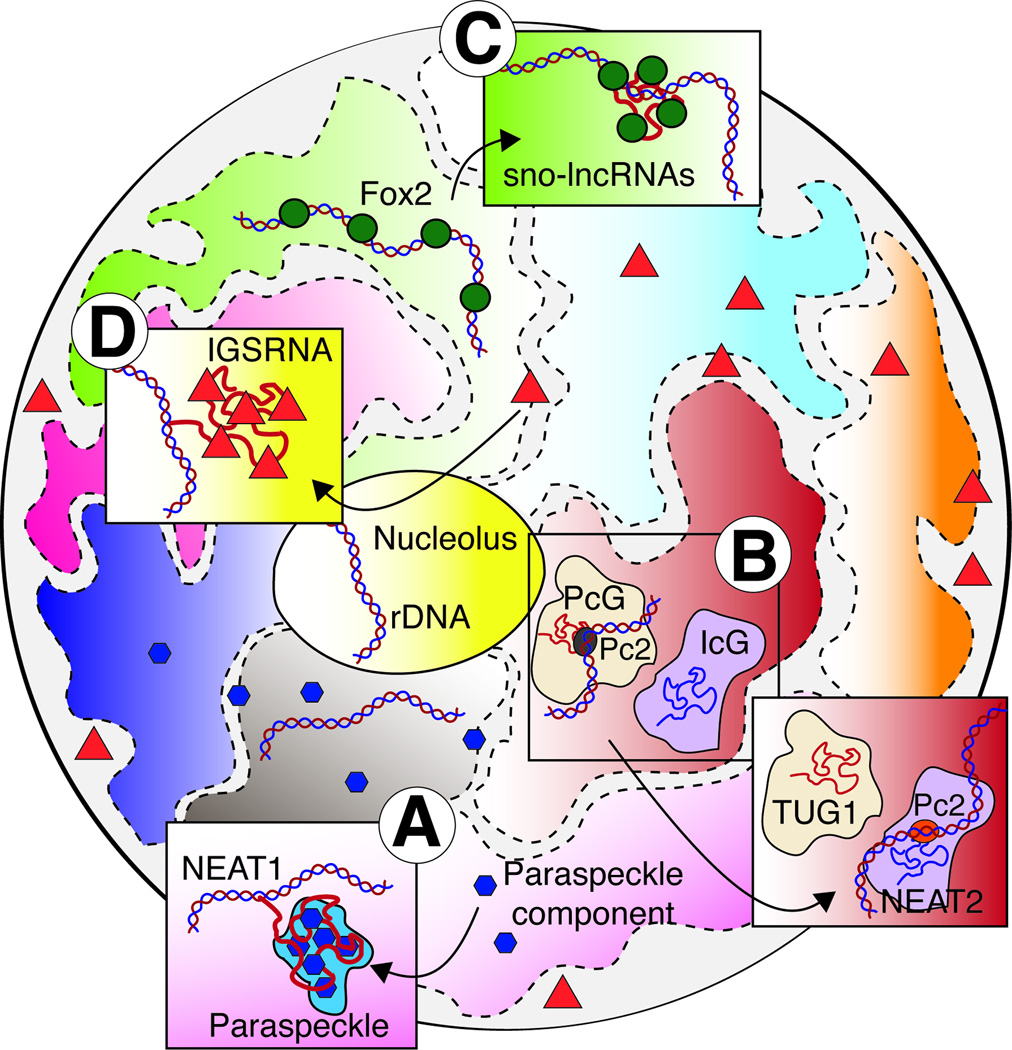Figure 3. Schematic representation of the cell nucleus showing the nucleolus and chromosomal territories.
(A) Protein components of the Paraspeckle diffused throughout the nucleoplasm aggregate upon the transcription of NEAT1 forming the Paraspeckle nuclear domain. (B) Pc2 differentially binds MALAT1/NEAT2 or TUG1 depending on methylation status. Methylated Pc2 interacts with TUG1, bringing associated growth control genes to a repressive environment; the polycome body (PcG). Unmethylated Pc2 interacts with MALAT1/NEAT2 at the Interchromatin granule (ICG), where gene expression is permitted. (C) Expression of IncRNAs with snoRNA ends from the Prader-Willi syndrome locus function as sinks for the FOX2 protein, leading to a redistribution of this splicing factor in this nuclear region. (D) In response to cellular stress, transcription of specific IGSRNAs leads to the retention of targeted proteins at the nucleolus. Different types of stress lead to the retention of different proteins, through the expression of specific noncoding RNAs.

